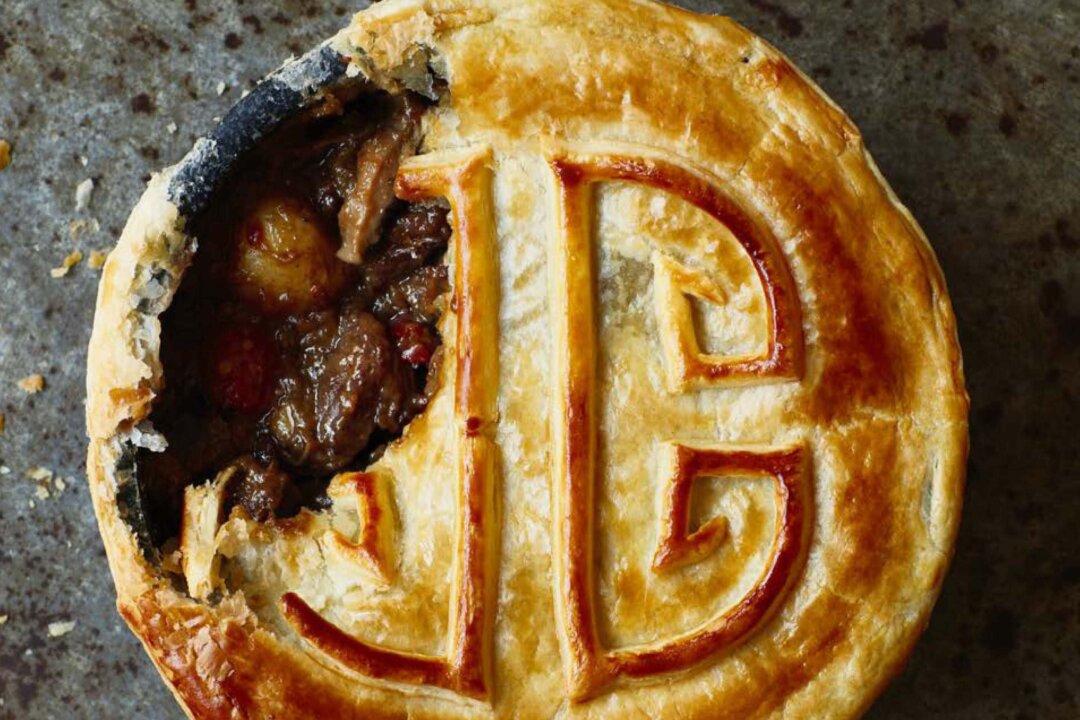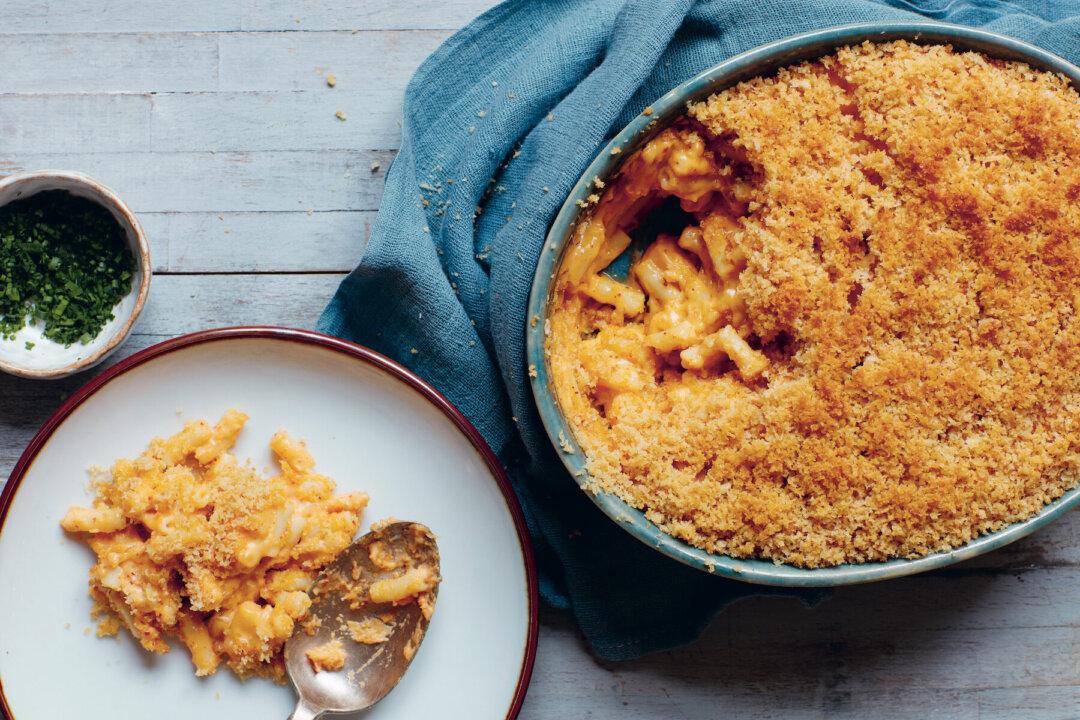As a kid, I was a very picky eater. I would go to great lengths to eat only the best part of every food.
Golden crispy skins were carefully peeled off fried chicken, and cupcakes were licked bald. Pizza was stripped of its cheese, for a feast of saucy crusts; the insides of tacos were vigorously shaken out, for a hard-earned meal of grease-laden tortilla shells. Oreos were scraped clean of any frosting, with only the chocolate cookies to be devoured.





